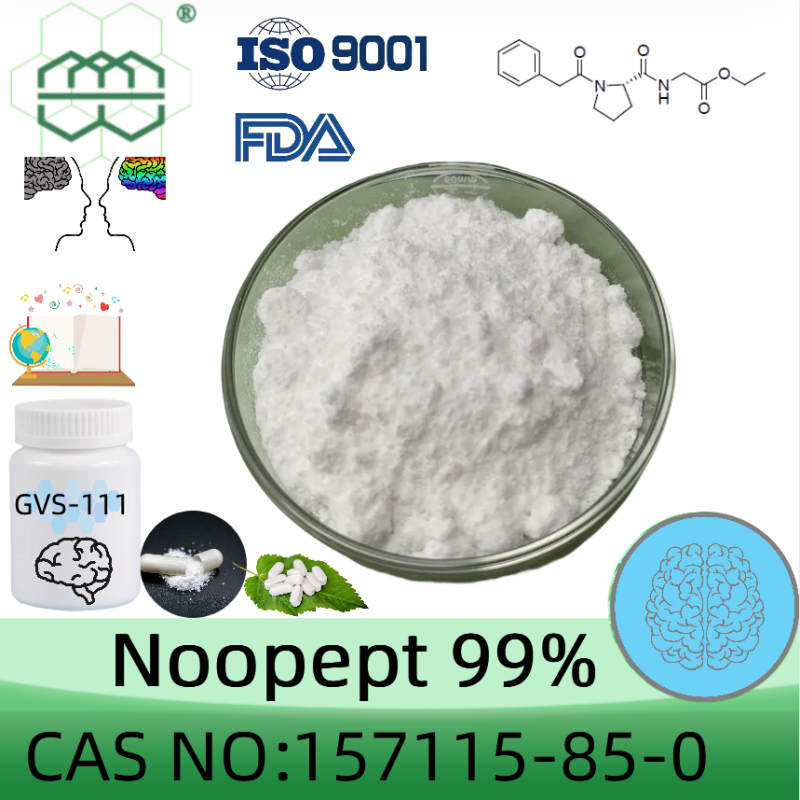-
Categories
-
Pharmaceutical Intermediates
-
Active Pharmaceutical Ingredients
-
Food Additives
- Industrial Coatings
- Agrochemicals
- Dyes and Pigments
- Surfactant
- Flavors and Fragrances
- Chemical Reagents
- Catalyst and Auxiliary
- Natural Products
- Inorganic Chemistry
-
Organic Chemistry
-
Biochemical Engineering
- Analytical Chemistry
-
Cosmetic Ingredient
- Water Treatment Chemical
-
Pharmaceutical Intermediates
Promotion
ECHEMI Mall
Wholesale
Weekly Price
Exhibition
News
-
Trade Service
| The first legume green manure crop chromosome level genome assembly is completed |
Image courtesy of Zi Yunying Chinese Academy of Agricultural Sciences
Image courtesy of Zi Yunying Chinese Academy of Agricultural Sciences Recently, the fertilizer and fertilization technical team of the Institute of Agricultural Resources and Agricultural Regional Planning of the Chinese Academy of Agricultural Sciences completed the assembly of the chromosome-level reference genome of the first legume green manure crop-Astragalus vitis Genetic basis
.
This research fills the gap in the genomics research of legume green manure crops and provides new insights for the symbiosis of legumes and rhizobia
(Plant Communications)
Researcher Cao Weidong introduced that Astragalus sinicus, also known as safflower, saffron, etc.
, is native to China and belongs to the leguminous astragalus crop.
It is mainly distributed in East Asian countries such as China, South Korea, and Japan, and is the most important in southern China.
Green manure crops and cover crops
.
Planting milk vetch in winter fallow rice fields can increase production and save fertilizer, rationally use light and heat resources and improve the ecological environment.
The research team used the third-generation PacBio, the second-generation Illumina technology and high-throughput chromosome capture technology to perform whole-genome sequencing
.
The total length of the obtained Astragalus vulgaris genome is 595 Mb, the contig (Contig N50) is 1.
The study found that the Astragalus vitis-niformis genome contains 59.
84% of the repetitive sequences, and the number and length of the long-terminal repeats are significantly increased, which leads to the amplification of the Astragalus vitisiniae genome
.
In the course of evolution, the key symbiotic nodulation genes were retained in the genome-wide duplication events shared by Astragalus vitis and Papilionidae
.
The chalcone synthase gene was significantly amplified in Astragalus vitis-oripes and other leguminous species, and it was enriched and expressed in the roots of Astragalus vitis.
The expression of disease resistance genes in astragalus, alfalfa, and soybeans in roots is higher than that in root nodules.
The enrichment of disease resistance genes in roots may enhance the immunity of roots and compensate for the weakening of plant defenses during symbiosis
.
This research is supported by projects such as the National Modern Agricultural Industrial Technology System, the Science and Technology Innovation Project of the Chinese Academy of Agricultural Sciences, and the National Crop Germplasm Bank and Green Manure Sub-bank
.
(Source: China Science News Li Chen Jin Yunxiang)
Related paper information: https://doi.
https://doi.
org/10.
1016/j.
xplc.
2021.
100263







